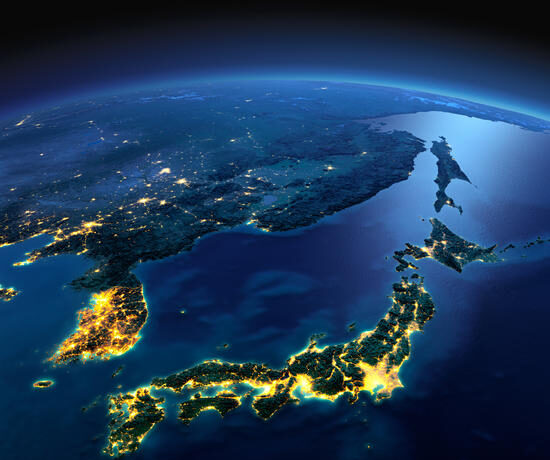Would you please discuss Japan’s interest rate levels compared to the U.S.?
While the U.S. has raised its federal funds rate 11 times from March 2022 to July 2023, Japan has been steadfast in keeping its ultra-low interest rate policy. The new Bank of Japan (BOJ) Governor Kazuo Ueda has been maintaining a cautious tone, making a few changes to the yield curve control.
However, the expectation for rate increases is rising. We believe the Japanese economy should be able to absorb higher interest rates as many companies are more profitable compared to decades ago. While some pockets of the economy could be negatively affected, we expect there to be beneficiaries of rate hikes such as the banking sector. To take advantage of this eventual rise in rates, the Hennessy Japan Fund (Trades, Portfolio) has increased its weighting to the Financials sector, and one of the Fund’s largest positions is ORIX Corp (TSE:8591), Japan’s largest non-bank, comprehensive financial services company with a global presence. The company is diversified in a broad range of business lines including aircraft leasing, property development, asset management, banking, life insurance, private equity, venture capital, renewable energy investment, and airport concessions.
What is your view of the recent depreciation of the yen against the U.S. dollar?
The currency movement has been a function of the interest rate differential between the U.S. and Japan. Therefore, higher interest rates in the U.S. will continue to put pressure on the Japanese yen.
Given Japan’s export-driven economy, we view this trend as positive, especially for high-quality, export-oriented companies. As an actively managed portfolio, we focus on these world-class, globally oriented businesses, including Daikin Industries (TSE:6367), the world’s largest maker of air conditioners, Keyence (TSE:6861), a customized factory automation sensor developer/marketer, Sony (NYSE:SONY), Japan’s premier entertainment group, and Hitachi, the industrial conglomerate.
Conversely, the Fund tends to avoid marginal exporters that can only thrive under the current currency environment.
Inflation is an important measure when considering rate hikes. Have there been signs of inflation taking place in Japan?
There have been emerging signs of inflation gaining momentum. However, it needs to accompany strong economic growth. During Japan’s annual spring wage negotiation between labor unions and large companies, salaries increased an average of 3.6% on a year-over-year basisthe largest increase since 1993. However, with the inflation rate trending above 3%, real wage growth has remained in negative territory. To encourage future wage increases, the government has been incentivizing businesses to continue raising salaries.
We believe sustainable real wage growth will solidify the end of deflation and usher in good inflation in Japan. Given the pro-inflation stance of the government, the Bank of Japan and many companies, we are incrementally turning optimistic going into 2024.
What are other indications of economic growth in Japan?
One bullish sign is the rebound in tourists coming to Japan. In 2019, prior to the global pandemic, the number of inbound tourists rose to 30 million. With each tourist spending between $1,200 and $1,500, tourists contributed about 1% of GDP growth. Now, tourism has reaccelerated in 2023. Even though there has been an absence of Chinese tourists, the country has seen a large influx of foreign visitors from the U.S., Europe, and other parts of Asia. In addition, the yen depreciated about 30% since 2019, providing additional purchasing power to visitors.
The Japanese government has set a goal to reach 60 million visitors by 2030. We believe this target is achievable given the fact that other countries attract 70 to 80 million tourists a year.
Would you please discuss valuations of Japanese stocks?
We believe Japanese equities look attractive relative to U.S. stocks. The price to earnings (P/E) of the Tokyo Stock Index (TOPIX) was 14.3x, approximately 20% lower than the S&P 500 Index’s 17.5x as of 9/30/23.
Even though the TOPIX has risen nearly 12% year-to-date through 9/30/23, the P/E multiple has not significantly changed despite the structural improvements in Japan. Since 2013 when Abenomics started, corporate earnings per share has roughly tripled while the TOPIX also tripled in value. Therefore, earnings and stock market prices have risen in lockstep.
Japanese companies have been historically discounted because of its low return on equity (ROE). However, ROEs have been gradually improving due to the corporate governance reforms that have encouraged companies to be more capital efficient and profitable.
This article first appeared on GuruFocus.

